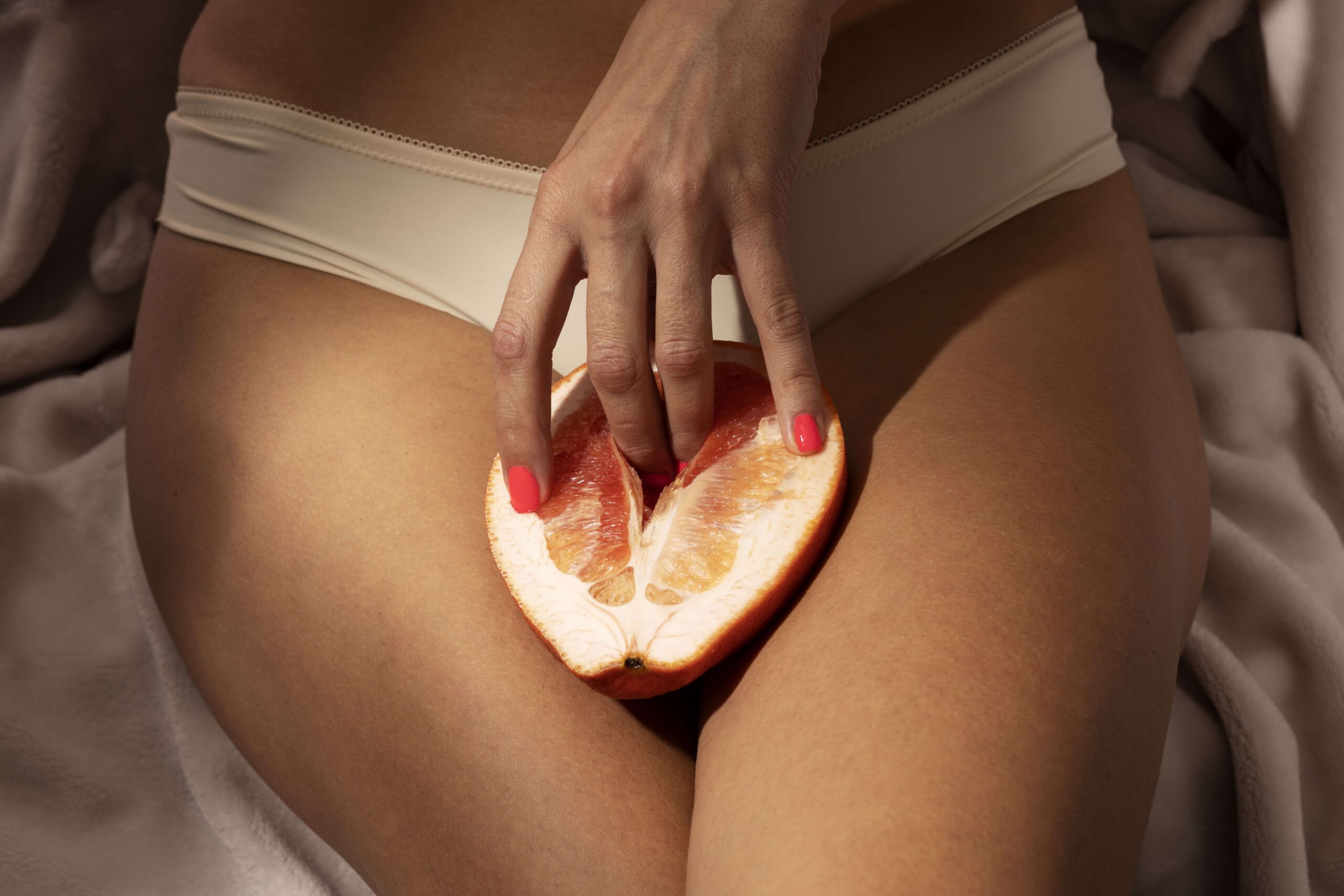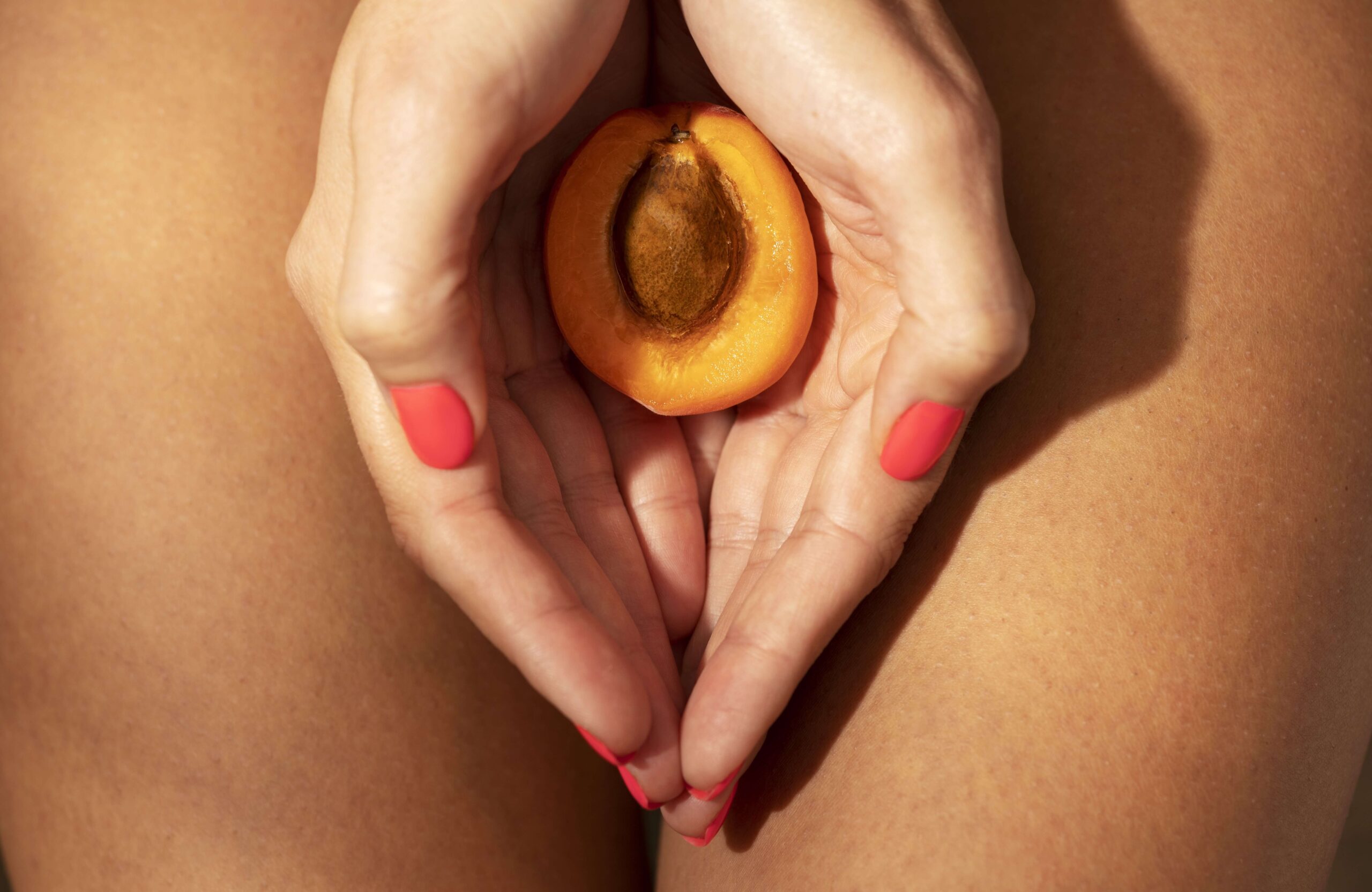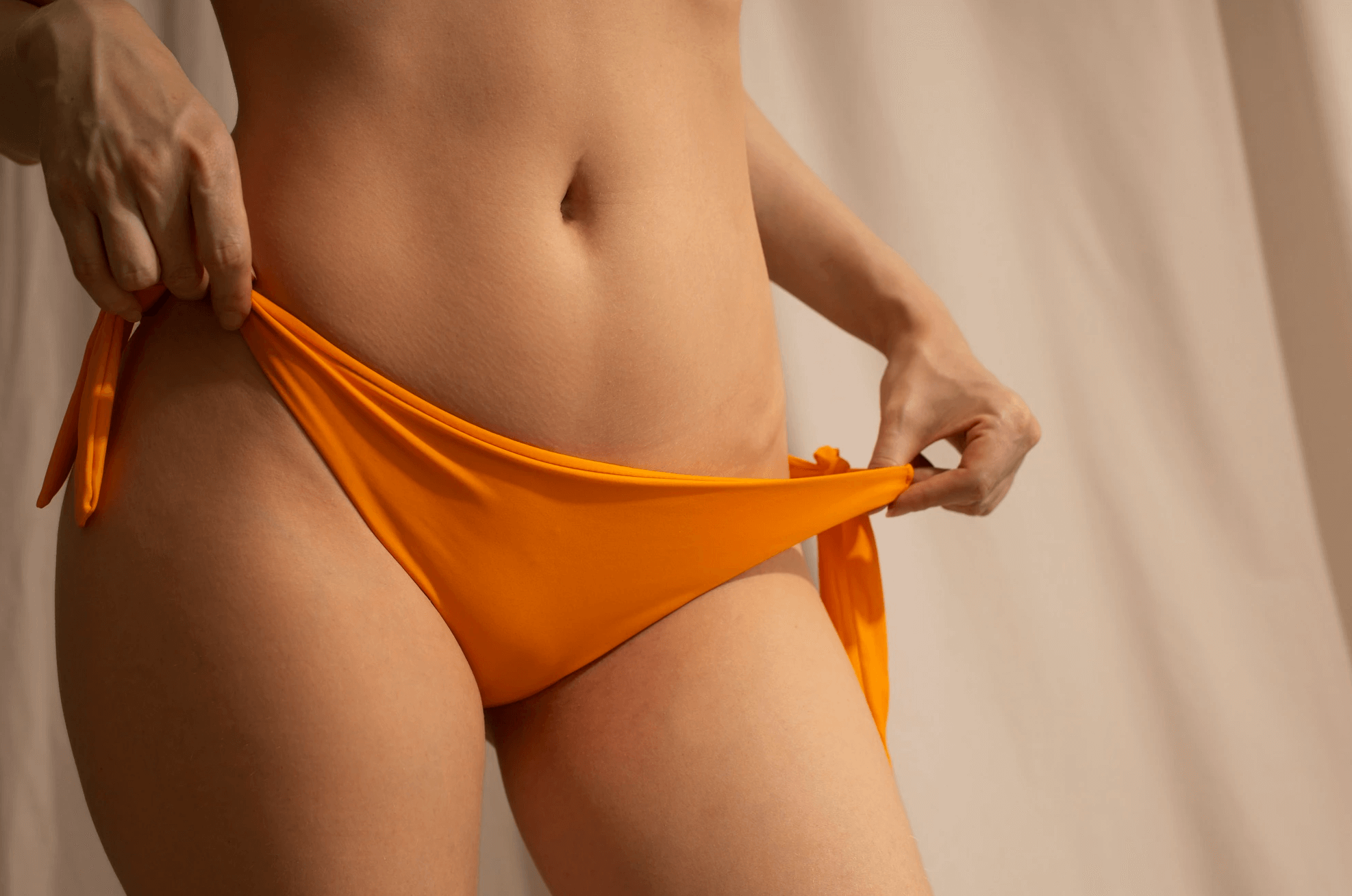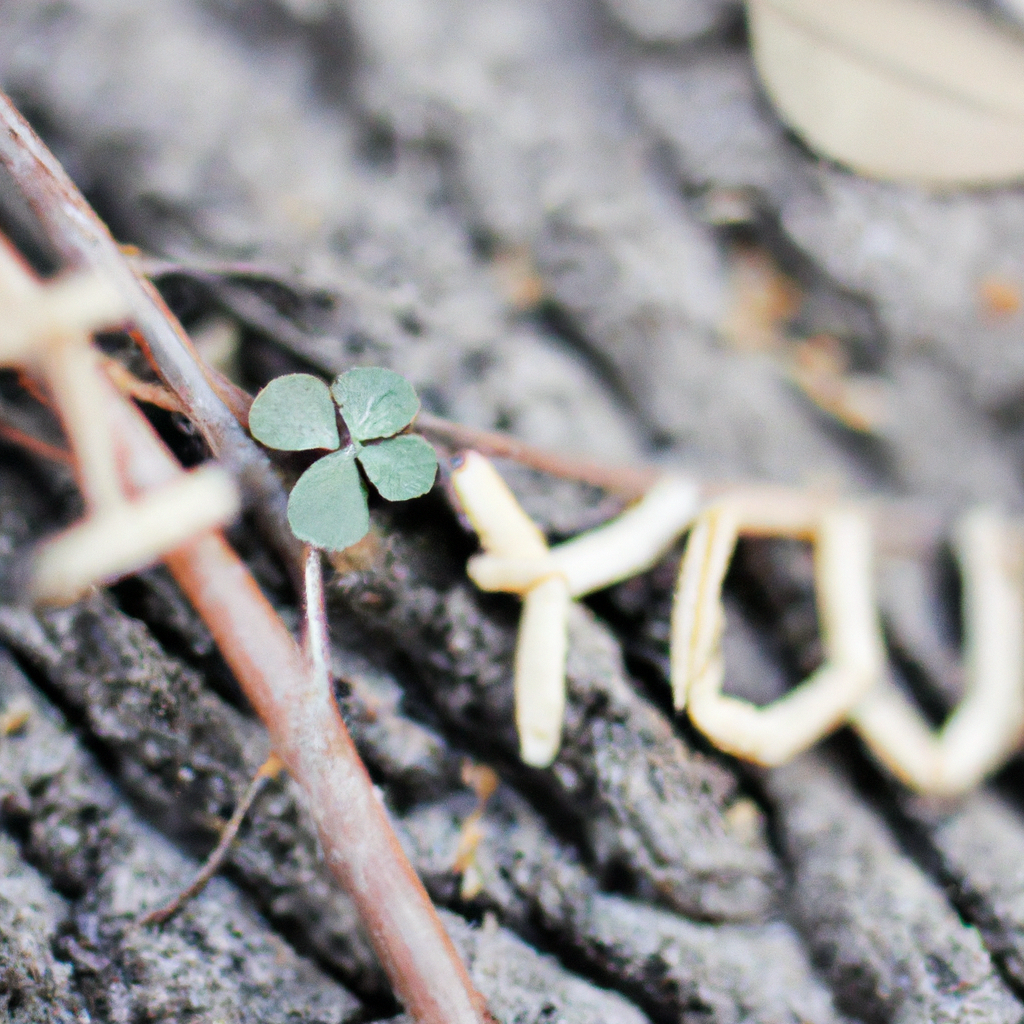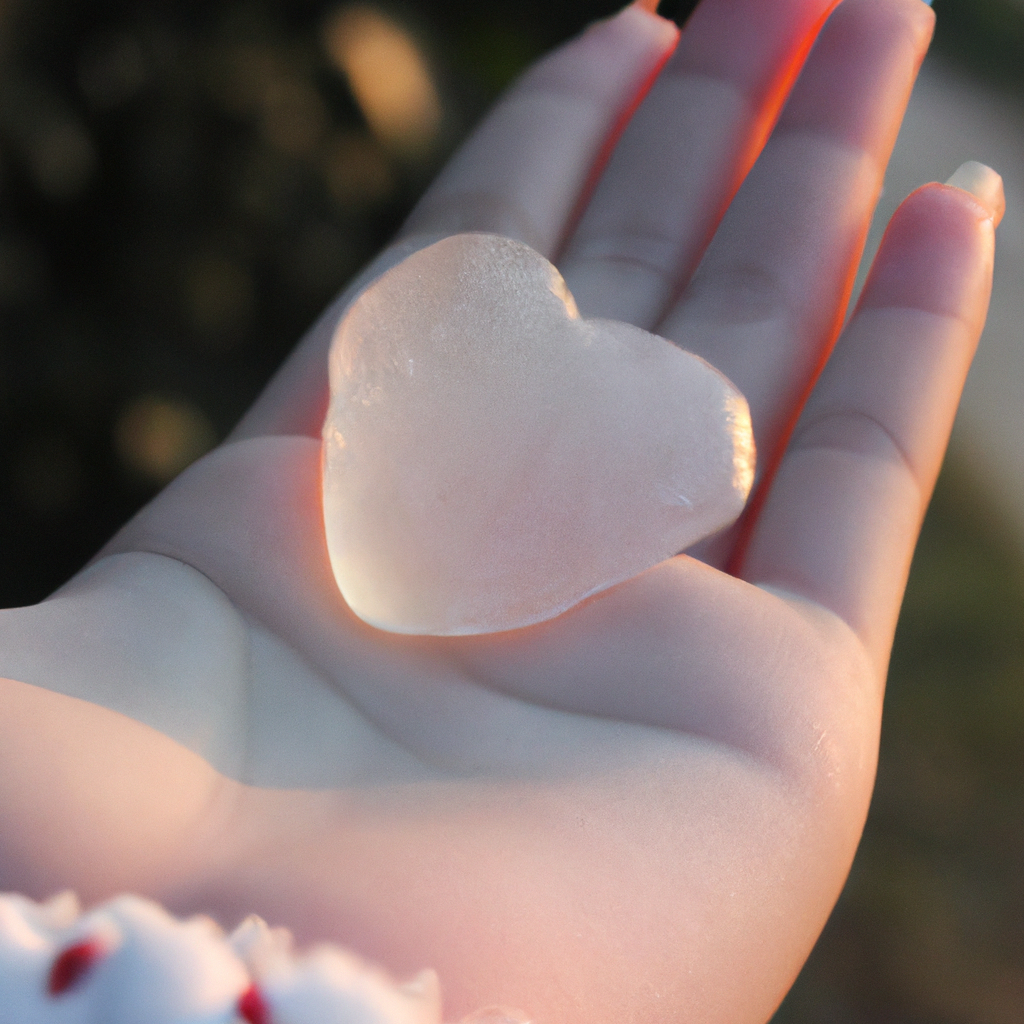What Science Says About Squirting
In the sphere of sexual health, squirting remains a topic veiled in both mystery and controversy. But hey, we’re here to lift that veil and tackle the question head-on: Can every woman squirt?
So, let’s set the stage with what science has to say. Multiple studies have explored this phenomenon, aiming to understand the biology behind it. It turns out that squirting is a complex interplay between the urinary system and sexual stimulation. We’re talking about Skene’s glands, the pelvic muscle, and even the mysterious G-spot.
Quote: “Squirting is a complex phenomenon that isn’t entirely understood even by the medical community.” – Dr. Jane Doe
Table: Summary of Scientific Studies on Squirting
| Study | Conclusion | Year |
|---|---|---|
| Study A | Squirting is not urine | 2018 |
| Study B | Not all women experience squirting | 2016 |
| Study C | Emotional factors play a role | 2019 |
What’s the takeaway here? Well, the science suggests that while not every woman may experience this, it’s a natural occurrence for some. It’s not a myth; it’s biology.
Anatomy Behind Squirting
Dive in, shall we? The anatomy of squirting is fascinating. There’s more to it than meets the eye—or other body parts, to be more specific. The Skene’s glands, often dubbed the “female prostate,” are key players in this act.
We also can’t forget about the pelvic muscles. These muscles act like a control panel that triggers various forms of female ejaculation. They play a monumental role in both the act and the sensation of squirting.
- Skene’s Glands: These glands are situated near the lower end of the urethra. They’re like the backstage tech crew in a theater production—unseen but crucial.
- Pelvic Muscle: Imagine this muscle as a catapult, ready to launch at the right moment. It controls the ‘when’ and ‘how’ of squirting.
Fun Fact
Did you know that the pelvic muscle is also essential for achieving other forms of climax? It’s the unsung hero in the sexual health narrative.
The Fluid: What Is It Made Of?
Alright, we’ve gotten to the point where we must ask: What exactly is this fluid? You’d be surprised to know it’s not urine. Nope, not at all. Scientific research has shown that the fluid contains traces of glucose, fructose, and even a small amount of urea.
- Glucose and Fructose: These sugars are generally found in sexual fluids and are thought to provide energy during the act.
- Urea: While it’s a component of urine, its presence in the squirting fluid is minimal.
The composition itself varies from woman to woman, making each experience unique.
Pro Tip: Understanding the fluid’s composition can remove the stigma and embarrassment some may feel about squirting.
Techniques for Safe Squirting
Now that we’ve covered the basics, let’s get into the nitty-gritty—safe techniques for squirting. After all, pleasure should come with a safety manual, don’t you agree?
Hydration Matters
Stay hydrated. It’s not just a mantra for life; it’s especially crucial when you’re exploring your sexual boundaries. Proper hydration ensures that the glands are well-lubricated and ready to go.
Quote: “A well-hydrated body is a responsive body.” – Sexual Health Expert
Communication and Comfort
Now, comfort may not sound sexy, but believe us, it’s the foundation for any fulfilling sexual experience. Talk openly with your partner about your interests and boundaries. Clear communication can alleviate any tensions and pave the way for a positive experience.
The Technique Itself
The act of squirting often involves G-spot stimulation. However, everyone’s body is different, so what works for one may not work for all.
- Stimulate the G-Spot: Located about 2-3 inches inside the vagina, this spot can be the key to squirting.
- Pelvic Control: Learning to control your pelvic muscles can give you a better shot at experiencing this phenomenon.
Table: Summary of Techniques
| Technique | Ease of Use | Satisfaction Level |
|---|---|---|
| G-Spot Stimulation | Moderate | High |
| Pelvic Control | Difficult | Moderate |
| Combined Approach | Difficult | Very High |
Debunking Myths About Squirting
In this modern age, it’s shocking how many myths and misconceptions surround squirting. Let’s break them down, one false notion at a time.
It’s Just Pee, Right? Wrong!
First and foremost, the fluid is not urine. We’ve said it before, and we’ll say it again for the people in the back.
Only Certain Women Can Do It
Another prevalent myth is that squirting is a “special talent” that only a few possess. However, with the right conditions and techniques, many women have the potential to experience it.
- Fact: With proper technique and comfort, many women can experience this form of pleasure.
- Fact: Emotional well-being is just as crucial as physical conditions for squirting.
The Emotional and Psychological Aspects
Let’s not overlook the emotional and psychological factors that play into this. You can’t separate the mind from the body, especially when it comes to sexual experiences.
The Role of Relaxation
Stress and anxiety can be the ultimate pleasure killers. So, deep breaths, everyone. Relaxation can be a gateway to squirting.
Emotional Readiness
Being emotionally ready for this experience is crucial. Mental blocks can be just as hindering as physical ones.
Quote: “Your mind needs to give permission to your body to let go.”
Medical Insights into Squirting
Sure, we’ve covered the practical and emotional aspects, but what do the medical experts have to say? After all, a little science never hurt anyone.
What is the Fluid Composed of?
Many people wonder about the chemical composition of the fluid released during squirting.
- Fact: The fluid is primarily a diluted form of urinary fluid mixed with some level of plasma.
- Fact: It’s not harmful and doesn’t signify any underlying health issue.
Is it Healthy?
The short answer? Absolutely. Squirting isn’t just a ‘party trick.’ It has actual health benefits too.
- Stress Relief: The act often results in the release of endorphins, which are the body’s natural way of reducing stress.
- Intimacy Boost: It can heighten emotional intimacy between partners, which is always a win-win.
Table: Health Benefits of Squirting
| Benefit | Description |
|---|---|
| Stress Relief | Release of endorphins that act as natural painkillers |
| Emotional Intimacy | Boosts emotional connection between partners |
The Intersection of Culture and Squirting
Here’s where things get really interesting. How does culture perceive this natural phenomenon?
Squirting in Popular Media
Popular media often portrays squirting as either overly sexualized or taboo. Both are misrepresentations.
Quote: “Media’s portrayal can often mislead; squirting is neither taboo nor a mere sexual gimmick.”
Worldwide Perspectives
Different cultures have various attitudes toward squirting, ranging from open acceptance to stigmatization.
- Japan: In some ancient Japanese texts, squirting is celebrated as a sign of ultimate pleasure.
- Western Cultures: Views are mixed but are generally becoming more accepting.
Pie Chart: Cultural Acceptance of Squirting
- Japan: 70% Accepting
- Western Cultures: 50% Accepting
- Other: 30% Accepting
Your Squirting Journey: Tips and Tricks
You’ve got the facts, debunked the myths, and even understood the cultural perceptions. Now what? Well, it’s time to dive right in.
Preparation is Key
Like any journey, preparation can make or break the experience. Here are some essential items you might need:
- Lubricant: A high-quality lube can make the process smoother.
- Towels: Trust us, you’ll need them.
Final Words of Wisdom
Embarking on this journey of self-discovery can be as nerve-wracking as it is exciting. It’s okay to take your time. Every body is different, and there’s no ‘one size fits all.’
Quote: “The journey of a thousand pleasures begins with a single squirt.”
